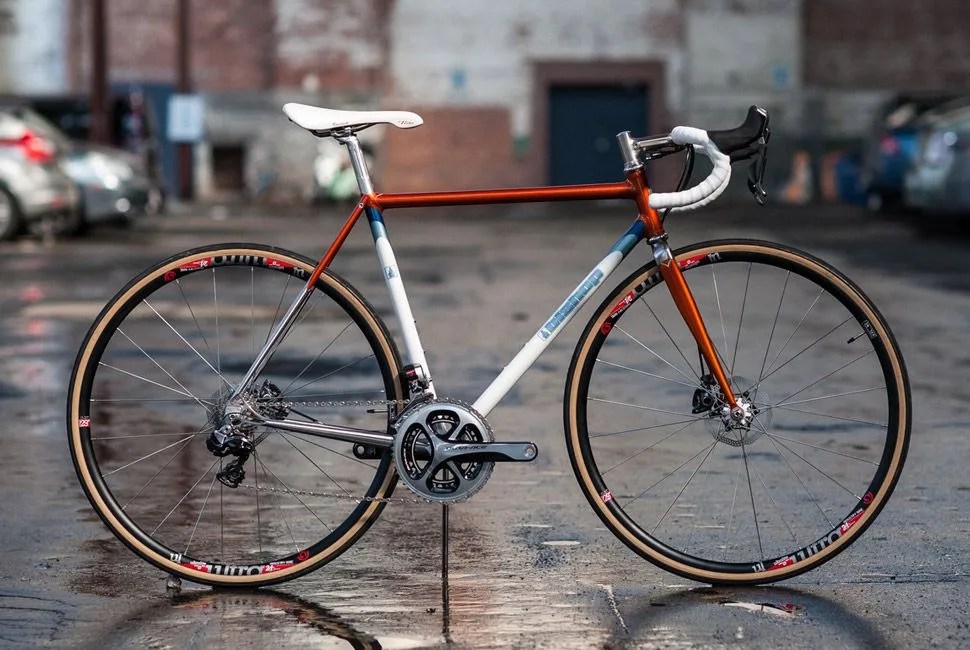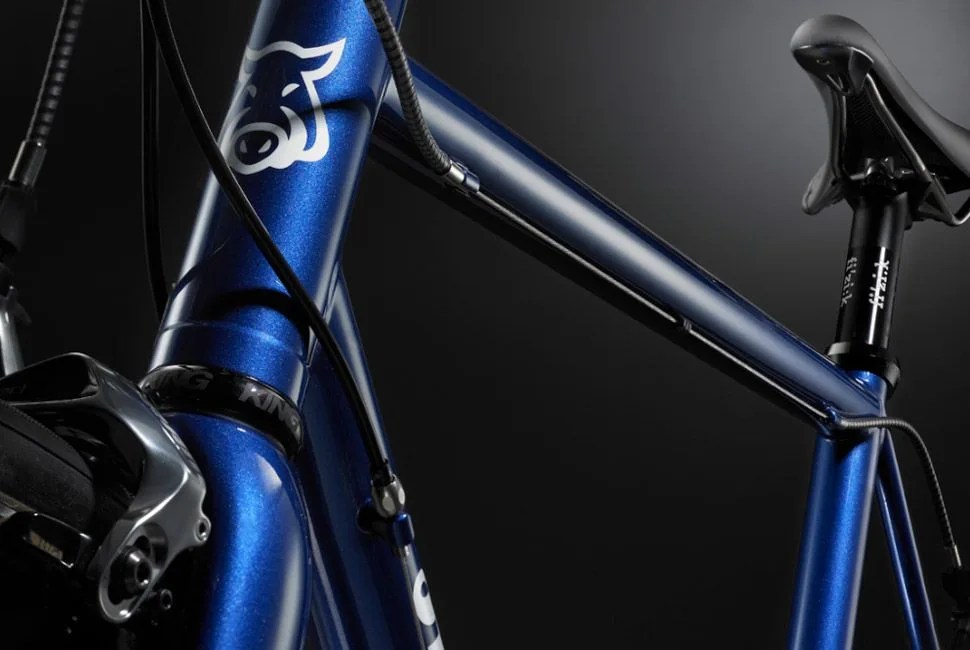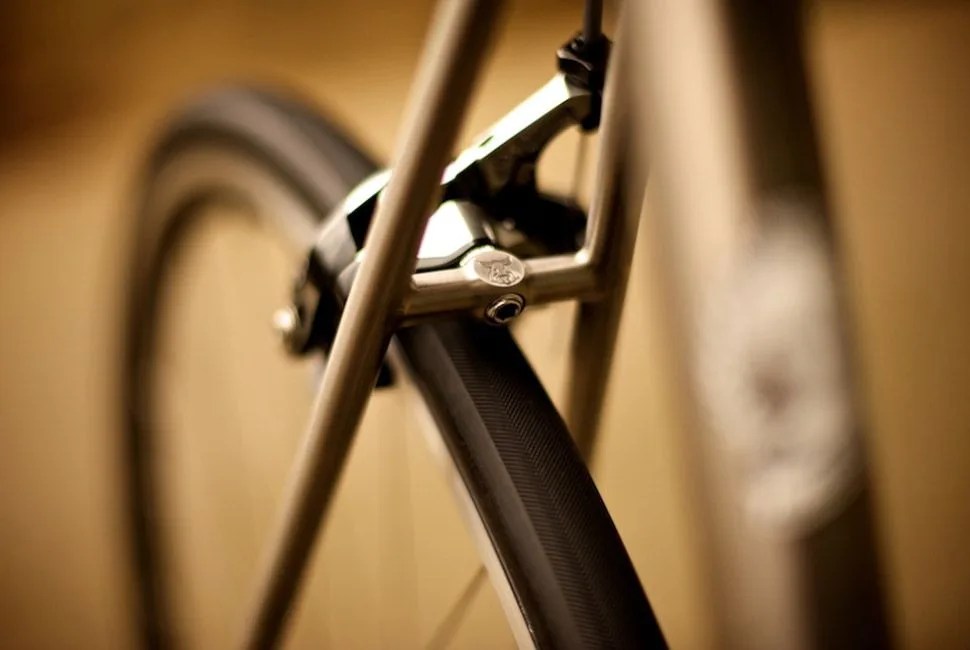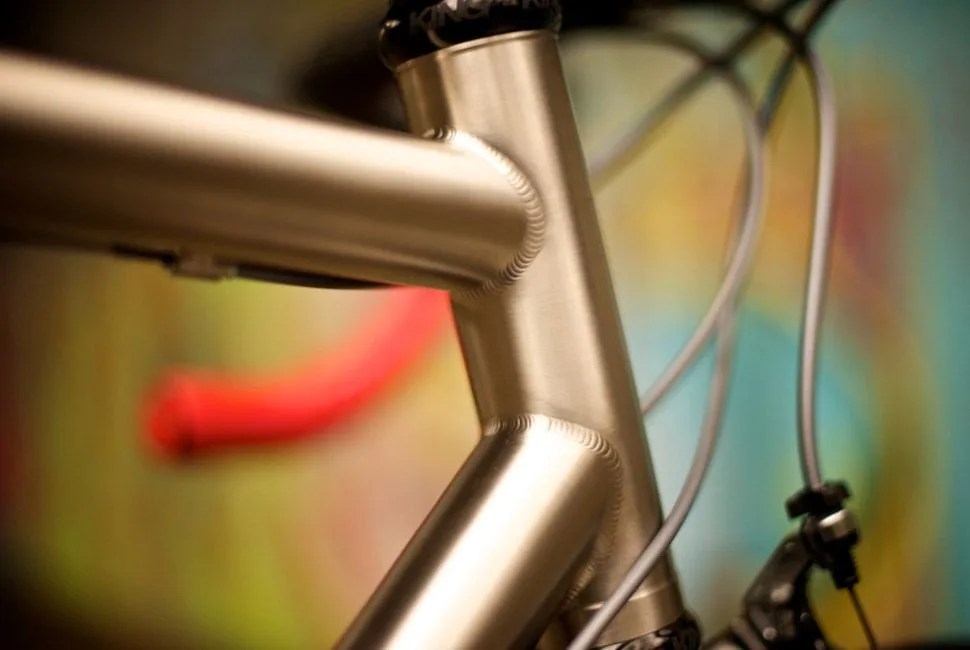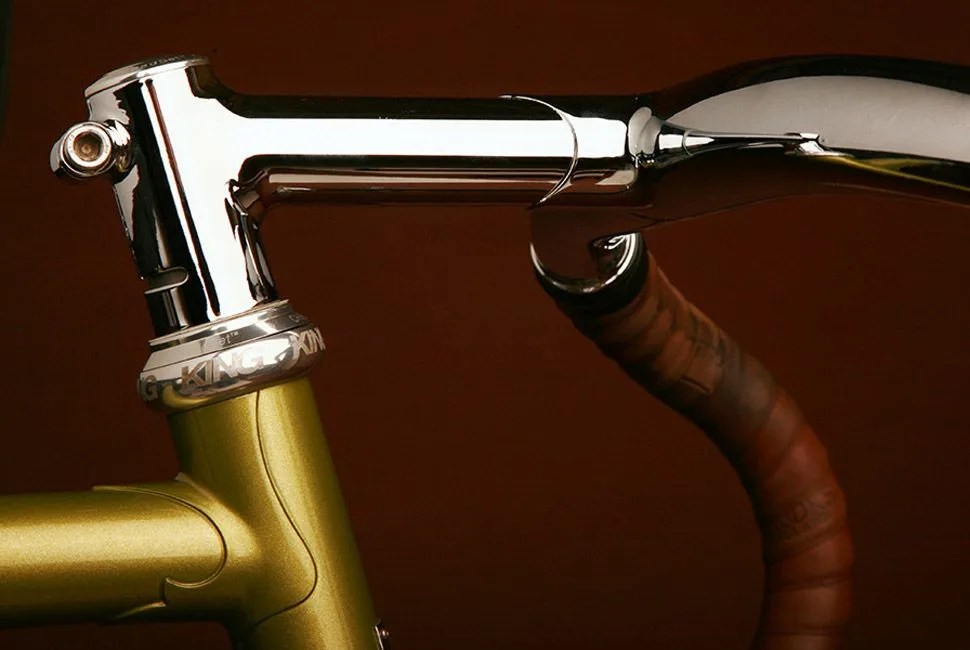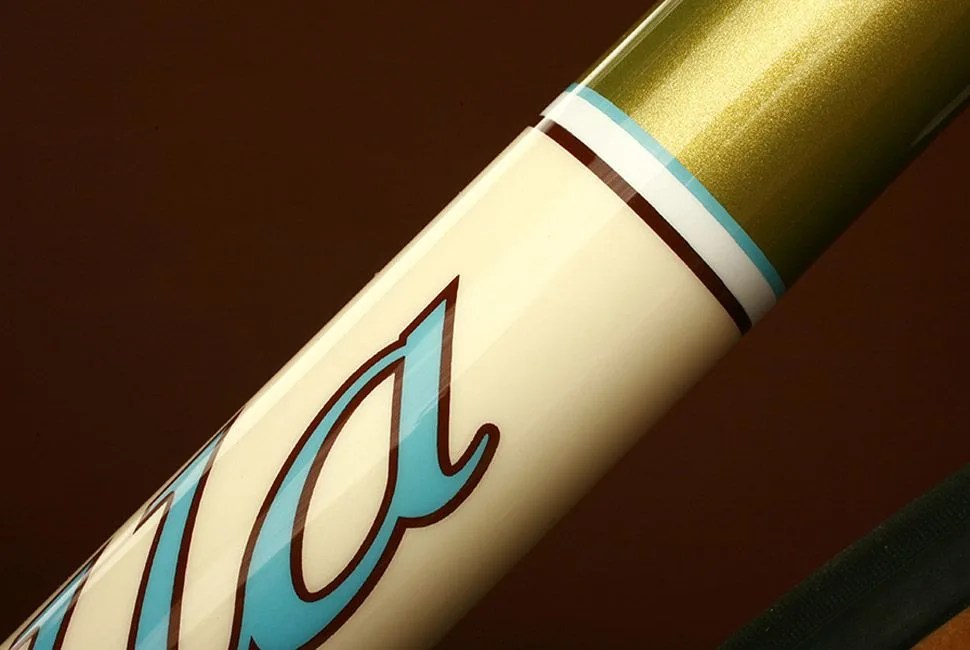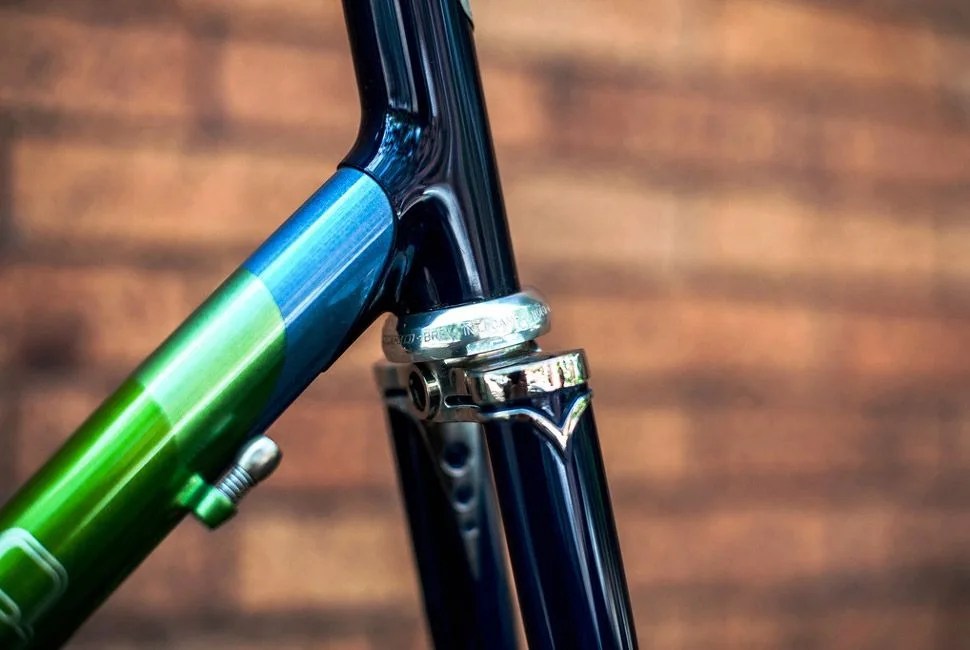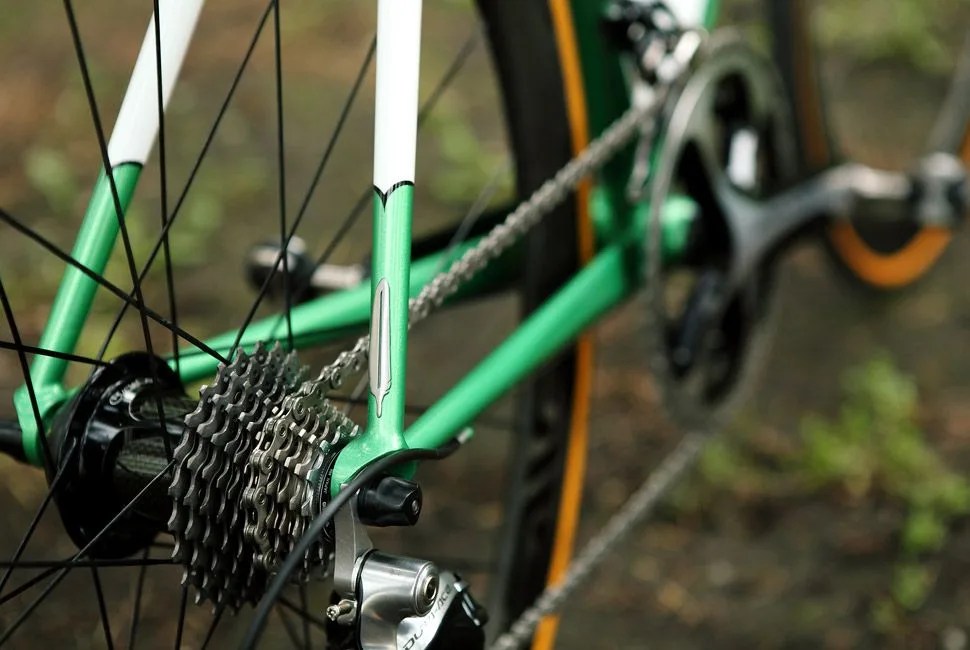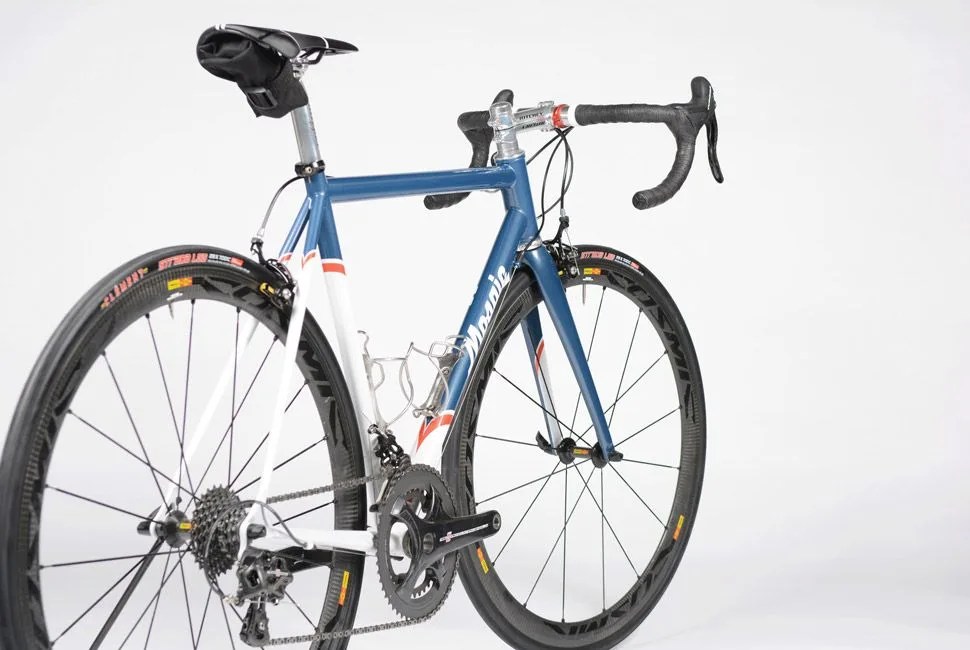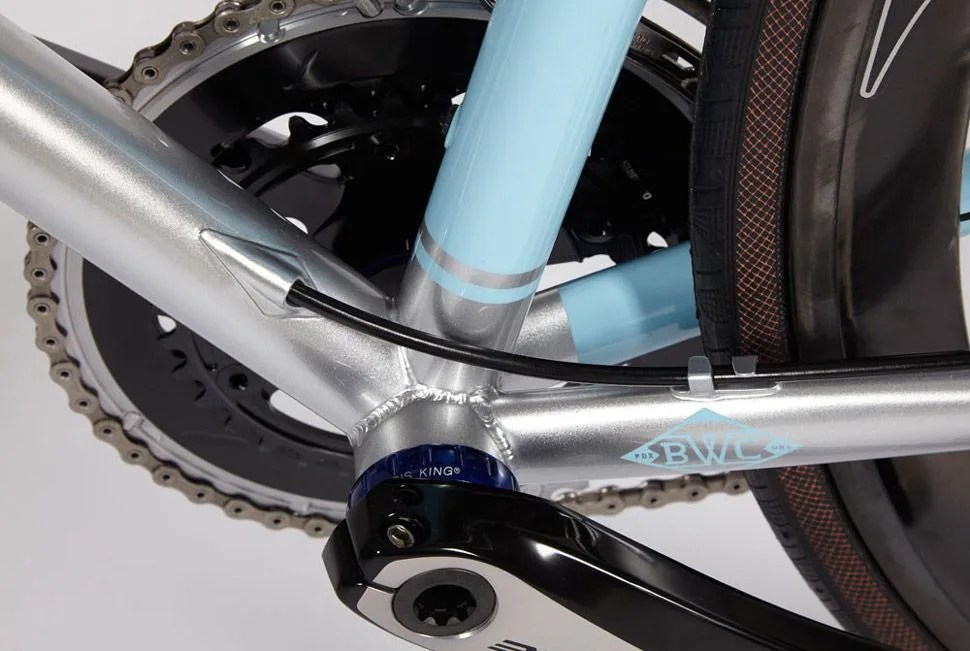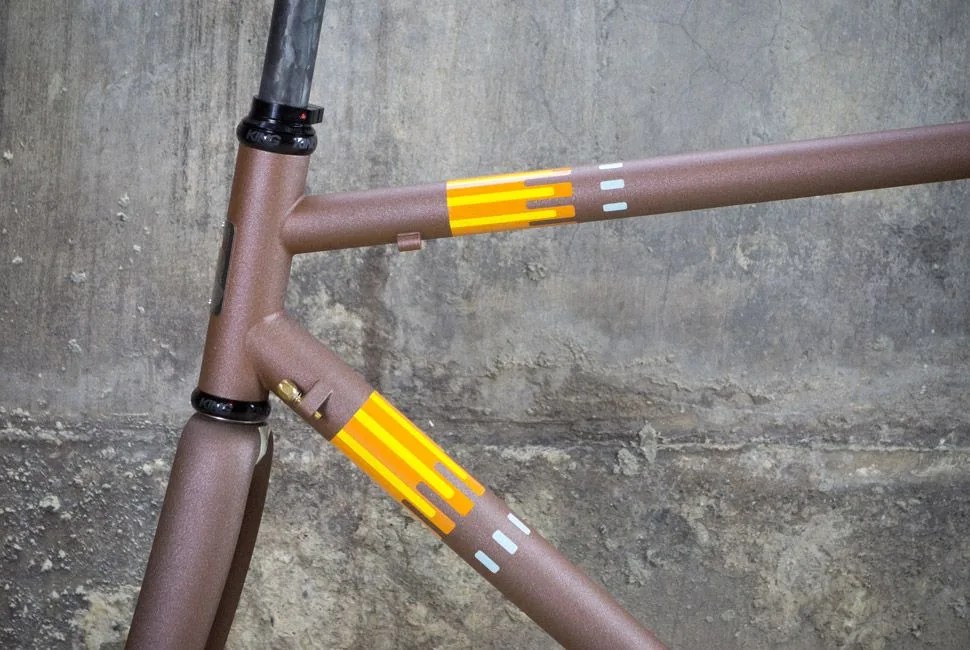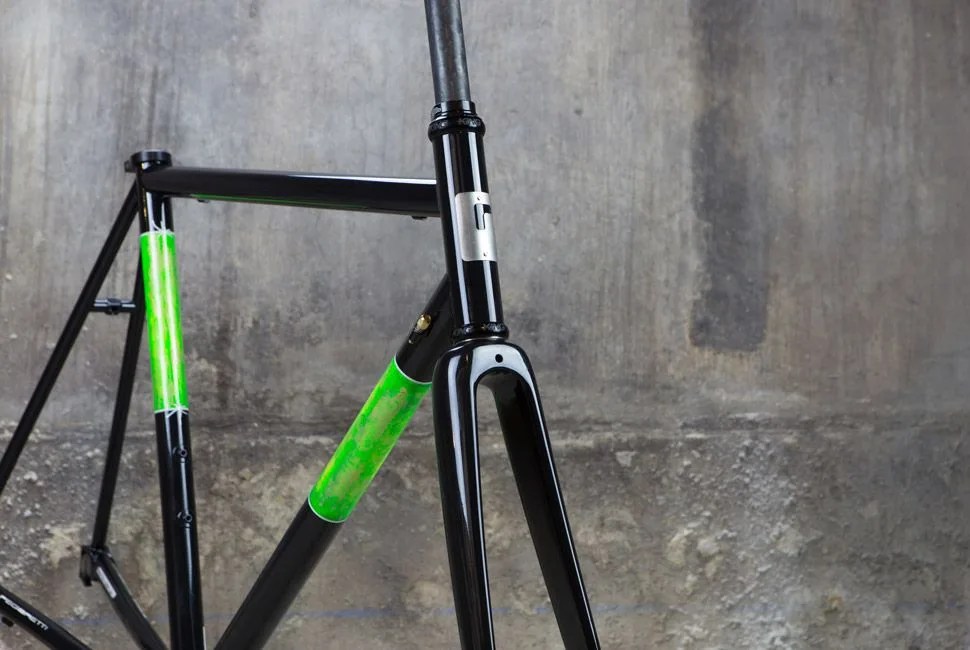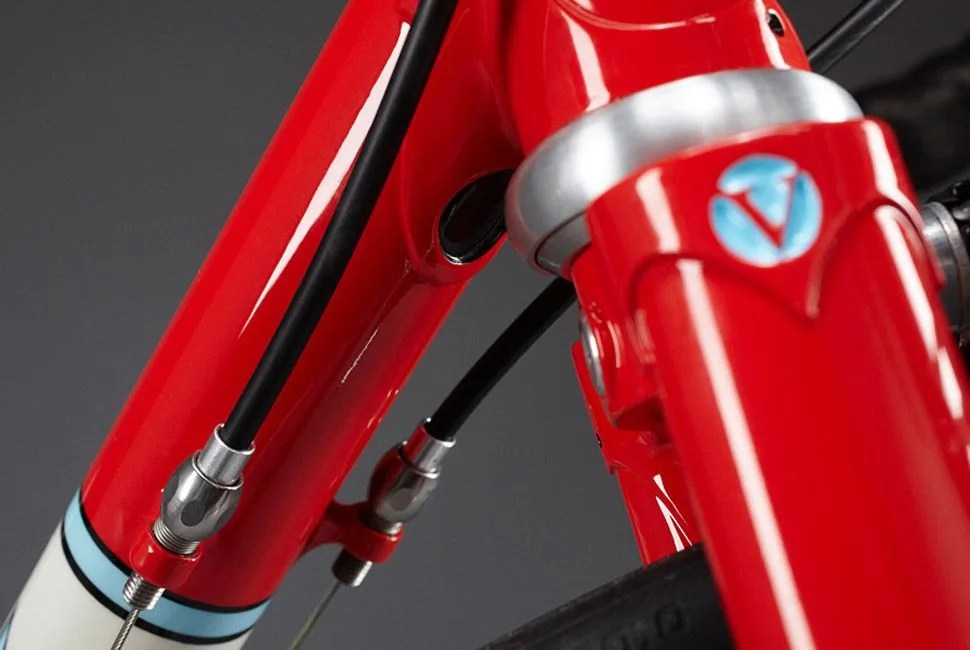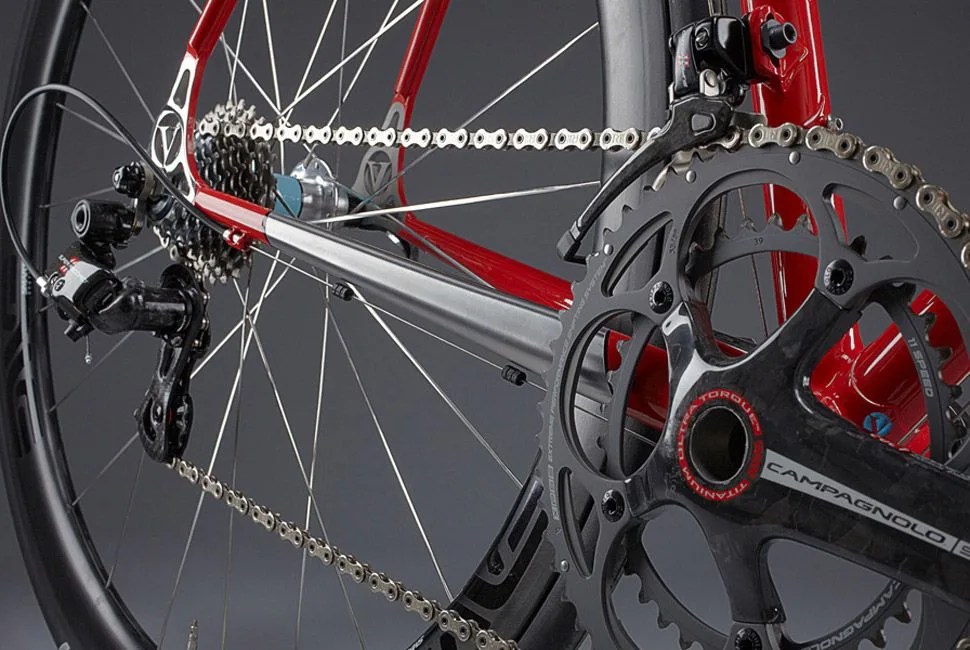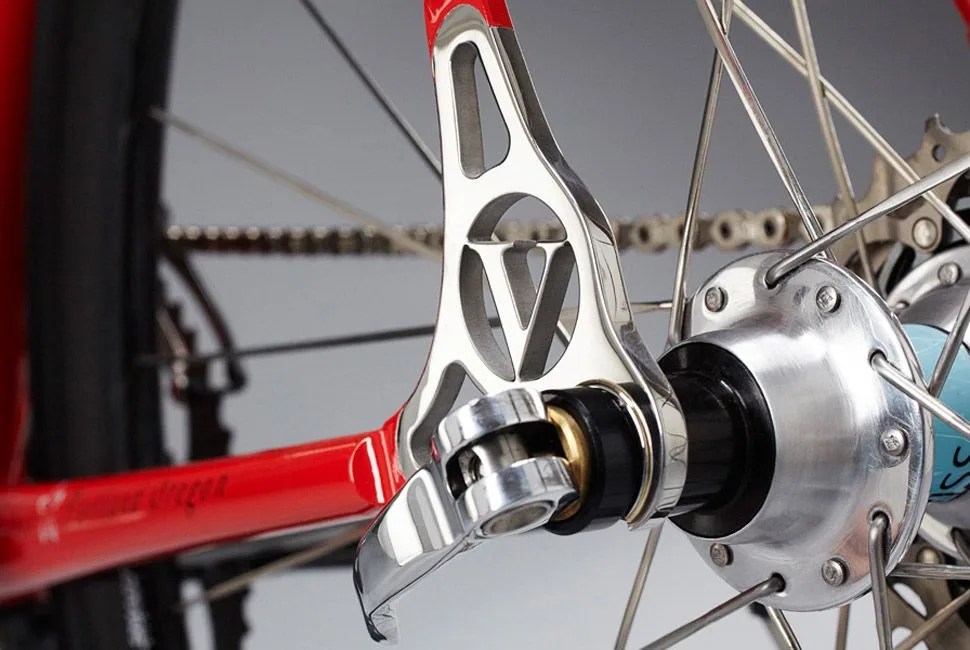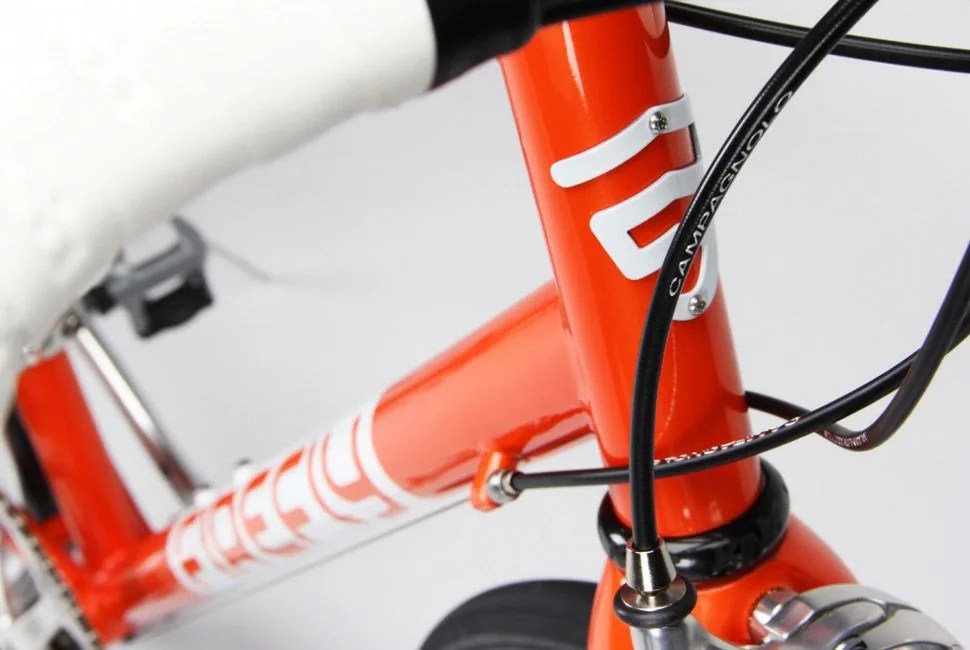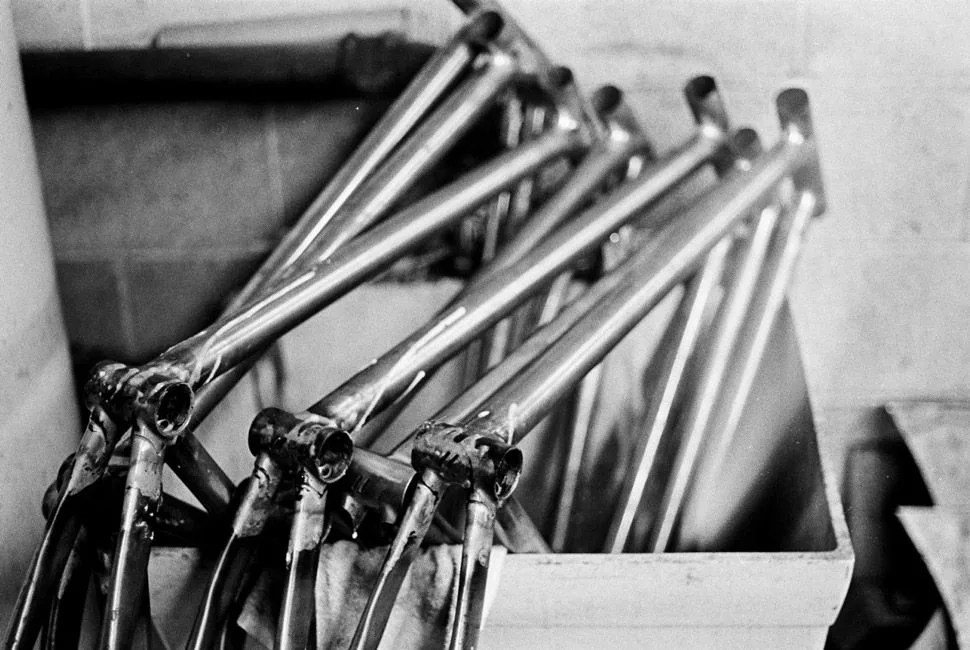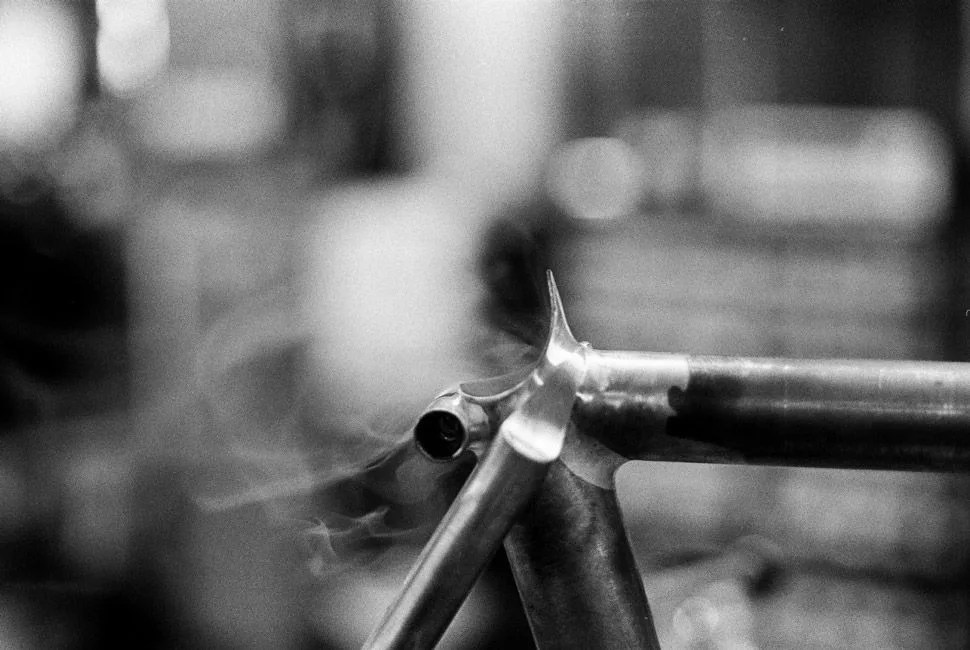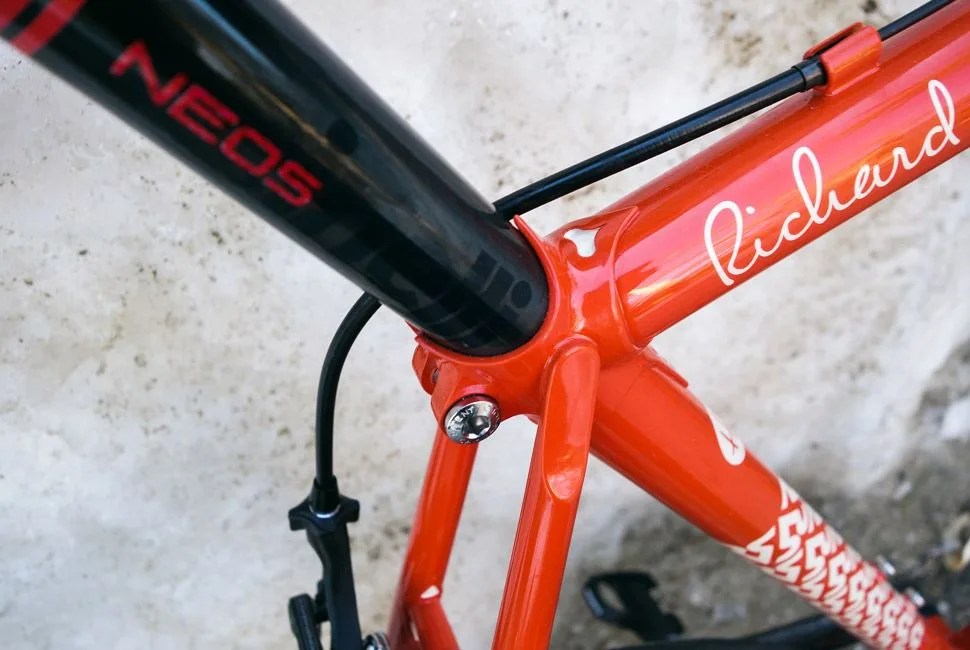“Riding a good steel bike, I tell you, is the closest thing to flying without leaving the planet. Go out there and ride that thing, and see what I mean.”
So ended my call with bike builder Bradley Woehl, and so began my interest in steel-frame bikes. Because who doesn’t want to fly?
With one short, wobbly bike share exception, I hadn’t ridden one in ages. A new steel-framed matte black beauty, inherited from an office-mate, had sat in my apartment’s hallway for over a year. Its flabby, tubeless tires and lack of pedals symbolized my two-wheeled inactivity. But no more. Steel was real, I’d heard, and it was time for me to find out for myself.
Woehl, owner of American Cyclery in San Francisco, is one of many cyclists and bike makers today taking part in a steel frame renaissance. Steel’s resurgence is a symptom of a larger change in enthusiast American cycling in the 21st century. What was once summarized by anathema — flashy, overwrought fixies in the mid 2000s — has shifted toward the classic material’s wide, beloved wheelhouse: utilitarian bikes for everyday riding and bike touring; high-end custom frames from big-name bike builders; and even classic bike races that mix romanticism with reality. This shift of the gears has been a good one for cycling. Bike commuting has increased by 46 percent in America since 2005, and as that boom continues today, steel’s influence on cycling’s identity is rising.
It’s been a long ride. Steel tubing was introduced to cycling in the anatomically unbalanced penny-farthing, first ridden by tophatted gentlemen in the 1870s. But by the early 1900s — the beginning of its racing heyday, which lasted until the mid 1990s — it was every bit a modern bicycle. It remained the only viable frame material until aluminum stole the show for a brief stint in the 1990s. Then, at the very end of the ’90s, carbon fiber began its reign, for obvious reasons: The lightest carbon fiber frame in the 2014 Tour de France, the German-made Izalco Max, weighs just 1.6 pounds on its own, and around 12 pounds fully intact for a race (though because the UCI requires a minimum weight of 14.99 pounds for the race, weight must be added); the last steel bike to win the race, a Pinarello ridden by Miguel Indurain in 1994, weighed 19.8 pounds. Since the mid ’90s, bike makers and casual riders have followed the leads of heroic racers and the allure of high-tech materials, buying up aluminum, carbon fiber and titanium rides for their everyday pursuits.
What to Look For
Steel is versatile, strong and relatively affordable — but its popularity has also spawned shoddy versions not worth their cost. “Just ’cause it’s steel, doesn’t mean it’s good”, says Woehl. Start by checking the grade of the steel. Chinese-made frames often don’t list a grade and are heavy and poorly constructed; the best way to tell quality steel from junk is to simply pick it up; steel is heavier than aluminum, but quality frames are still on the light side. Chromoly is a safe bet, as is higher-grade steel like Reynolds 853. Ask your local bike shop to walk you through the range. Classic steel frames and higher-end models often use lugged construction or fillet brazing, both of which are beautiful but expensive. The more modern construction uses a stronger TIG weld, which works just fine.
